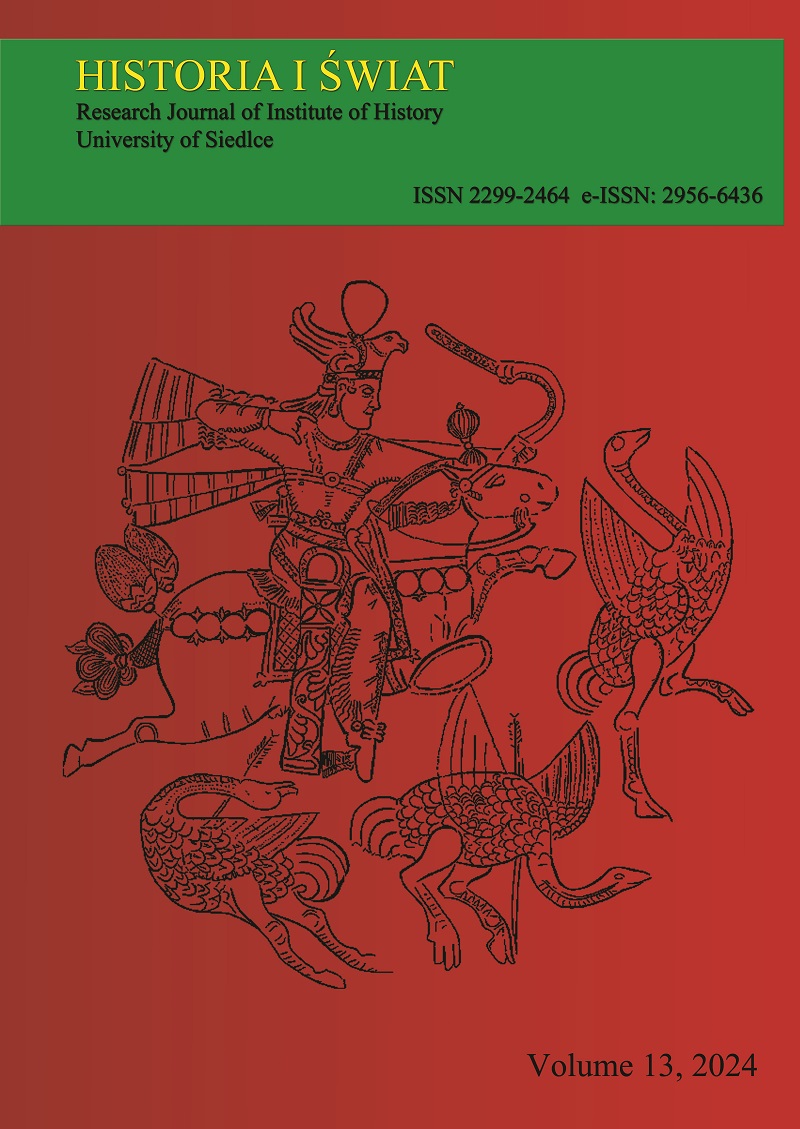Manufacturing architecture, evidence of pottery production from Tappeh Graziani, Sistan, Iran
DOI:
https://doi.org/10.34739/his.2024.13.04Keywords:
Sistan, Bronze Age, Shahr-i Sokhta, Tappeh Graziani, Manufacturing Architecture, Pottery, Pottery KilnAbstract
In West Asia, at the end of the 4th and 3rd millennium BC, inter-regional exchanges and trades increased, and the southeastern region of Iran played a key role in these trades due to its geographical location. At this point in time, we witness the formation of the largest urban center, namely Shahr-i Sokhta, with countless satellite settlements and industrial sites. In order to educate the students of the university of Zabol and also to examine the cultural, social and economic characteristics of Hirmand’s civilization area, the author excavated the three seasons of Tappeh Graziani, where archaeological evidences of residential architecture, industrial productions and administrative management were found. In this article, an attempt is made to examine evidence related to pottery production in this satellite settlement of Shahr-i Sokhta based on the first season excavations. The pottery kilns show that part of the economy of this site depended on pottery production. The above kiln is closed type with a semi-circular plan, and the reconstruction of the floor shows that this kiln has been used for a long time.
Downloads
Downloads
Published
Issue
Section
License
Copyright (c) 2024 Historia i Świat

This work is licensed under a Creative Commons Attribution-NoDerivatives 4.0 International License.




